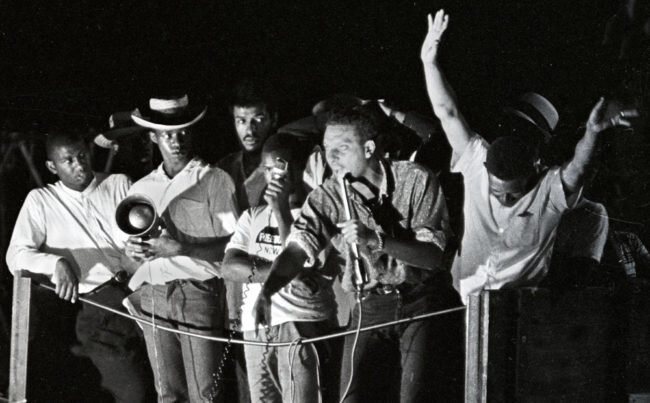
Guns and the Southern Freedom Struggle: What’s Missing When We Teach About Nonviolence
Reading by Charles E. Cobb Jr.
Asserting their right to defend themselves when attacked was a tradition that safeguarded and sustained generations of Black people in the United States. Yet this tradition is almost completely absent from the conventional narrative of the Southern civil rights struggle.

What Happened to the Civil Rights Movement After 1965? Don’t Ask Your Textbook
Reading by Adam Sanchez
Too often, students are taught that the Civil Rights Movement ended in 1965 with passage of the Voting Rights Act. It didn’t. Adam Sanchez argues that it is essential to teach the long, grassroots history of the Civil Rights Movement in order to help students think about today’s movements for racial justice.

Mississippi Burning Is Still Burning: A Critical Film Review
Reading by Judy Richardson
A critical review of the film Mississippi Burning, which characterizes the local African American community as passive victims of racist violence and lifts the role of the FBI to heroic proportions.

Teaching About Nonviolence and Self-Defense
Teaching Idea by Julian Hipkins III
In the article and video clip used in this lesson, Charles E. Cobb Jr. talks about the role that self-defense and nonviolence played in the Civil Rights Movement. Cobb explains that for many, nonviolence was a tactic rather than a way of life. People in communities across the south were prepared to use lethal force when necessary to protect themselves.
